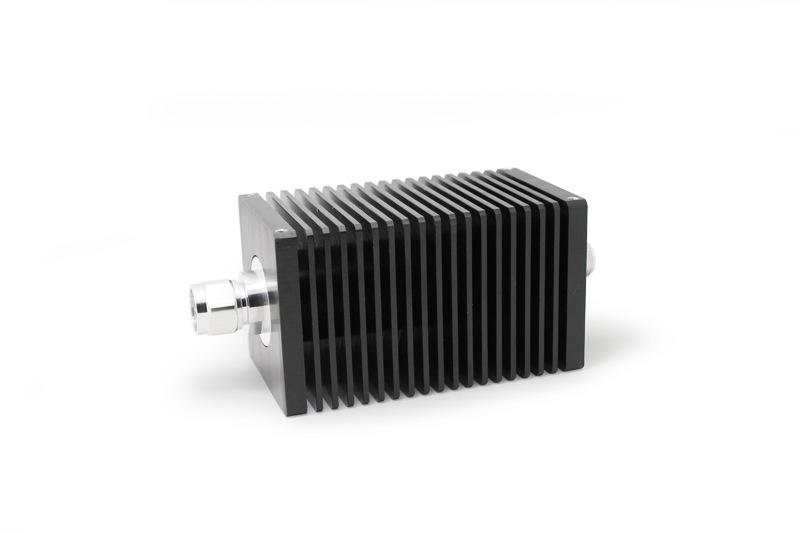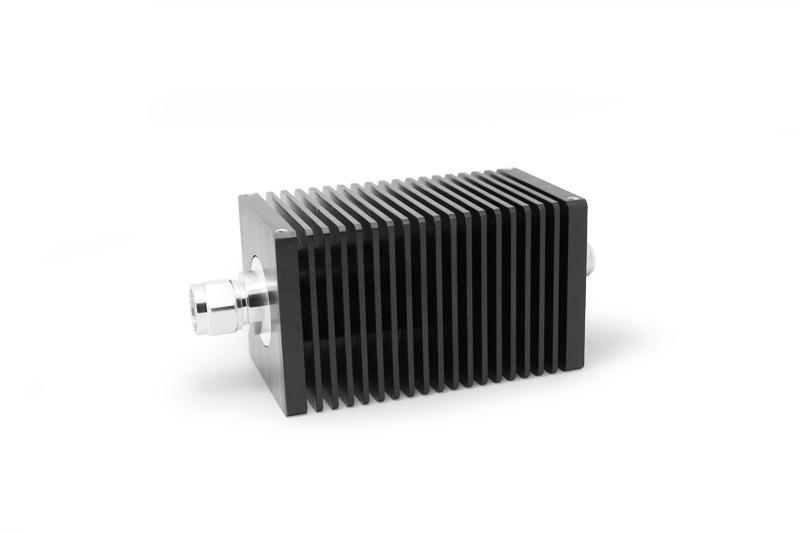An attenuator is a two-port electronic device used in a circuit to reduce the amplitude of a specific signal without causing too much distortion in the output. In view of the fact that amplifiers are mostly used to increase the gain coefficient, when it is necessary to reduce/decrease the signal amplitude, an attenuator is needed. Its gain coefficient is usually 1 V/V. The attenuator filters the noise on the circuit by suppressing unwanted waveforms. In electronic networks, attenuators are usually inserted between the load and the source.

Attenuators are classified according to different parameters. These parameters include: operating frequency input power, maximum conversion loss, operating temperature range and packaging method. These parameters need to be considered when selecting an attenuator for a specific application. In addition to parametric methods, attenuators can be roughly divided into the following categories: digitally programmable, fixed-value, and continuously variable. Attenuators are often used in communications, transmission lines, and radio applications. They suppress excessive source signals to a more ideal level to connect to the load. In addition to reducing the input power to an ideal level, it can also improve impedance matching and reduce noise. In order to prevent poor frequency discrimination, attenuators using non-conductive resistors have been designed. Passive attenuators contain voltage divider networks as structural components, while active attenuators have integrated circuits and transistors.
From: https://www.dosinconn.com/attenuators-guide

